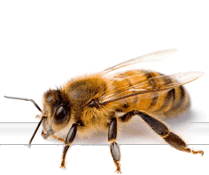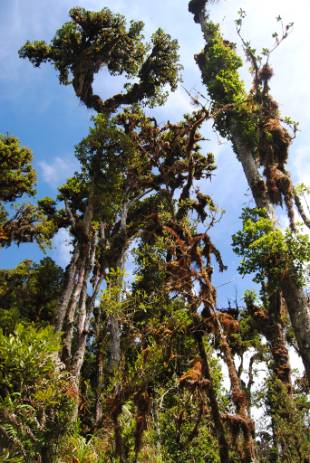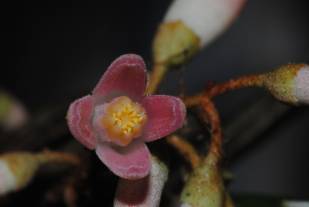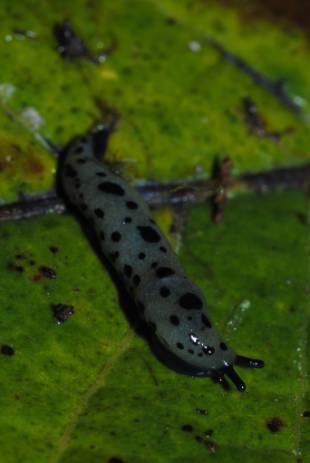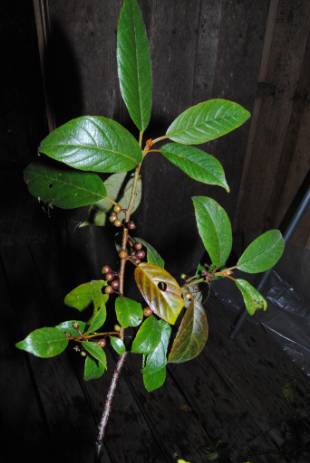We left camp at 7.30 am on 9 February to go and collect at a point we had identified the day before, a large open flat area of inundated soils and swamp with very few - but very large - oak trees festooned with mosses, orchids, bromeliads and even small trees.
‘El Plano’ our first field site
Each day we collect for the same number of hours within a radius of 100 m from a specific point. Most of the points have been located through a combination of satellite images and a ground survey undertaken three weeks ago.
This should enable us to compare the species composition of each of our sample points and maybe to identify some of the factors that determine the species persity in the Talamanca Mountains. Over the past nine years we have surveyed over 150 such points and so today’s point can be compared to these.
The species we found today were pretty much as expected so nothing very exciting. We did, however, collect a beautiful pink-flowered tree called Styrax warscewiczii, a species found from Mexico to Bolivia above 1,800 m altitude.
Styrax warscewiczii
When we got back to camp two snail and slug specialists from a local Costa Rican university, who are staying with us, had been sampling leaf litter all day and had found some very small but beautiful snails and slugs, many of which they had never seen before! It seems that this area is very important for snails and slug persity.
Slug from the Arionidae / Limacidae group:
possibly a new record for Costa Rica, maybe even a new species

